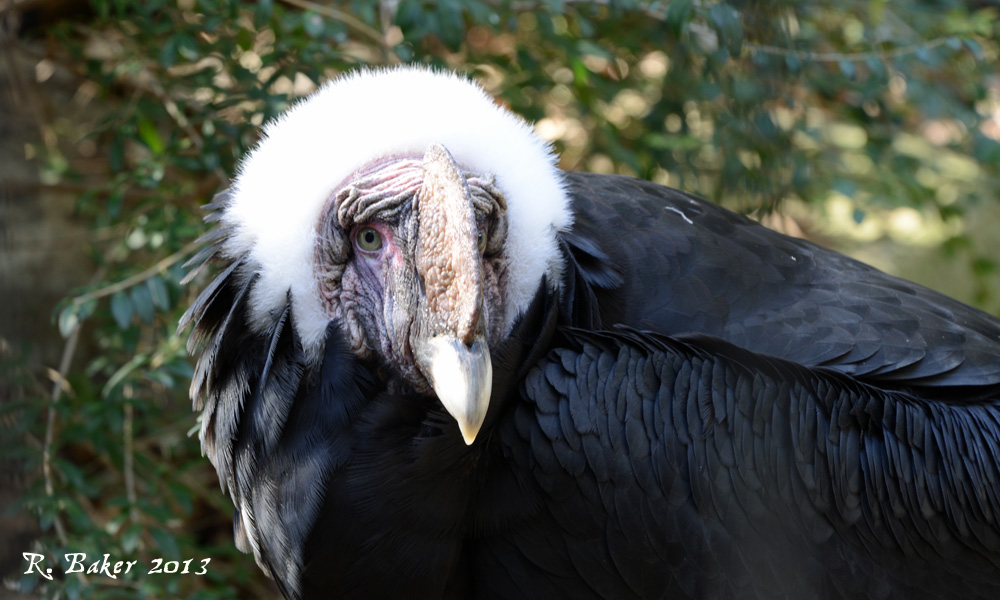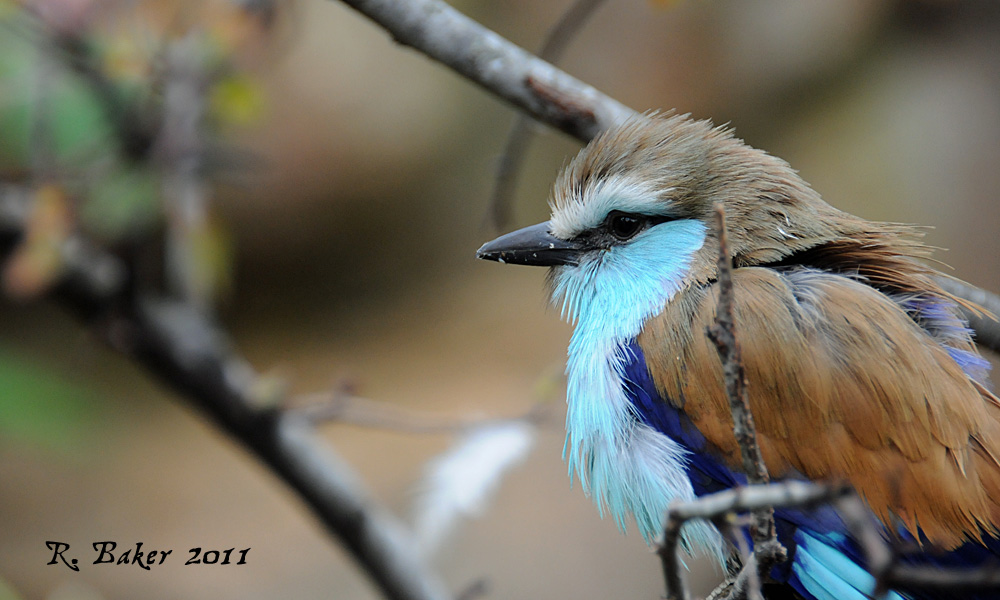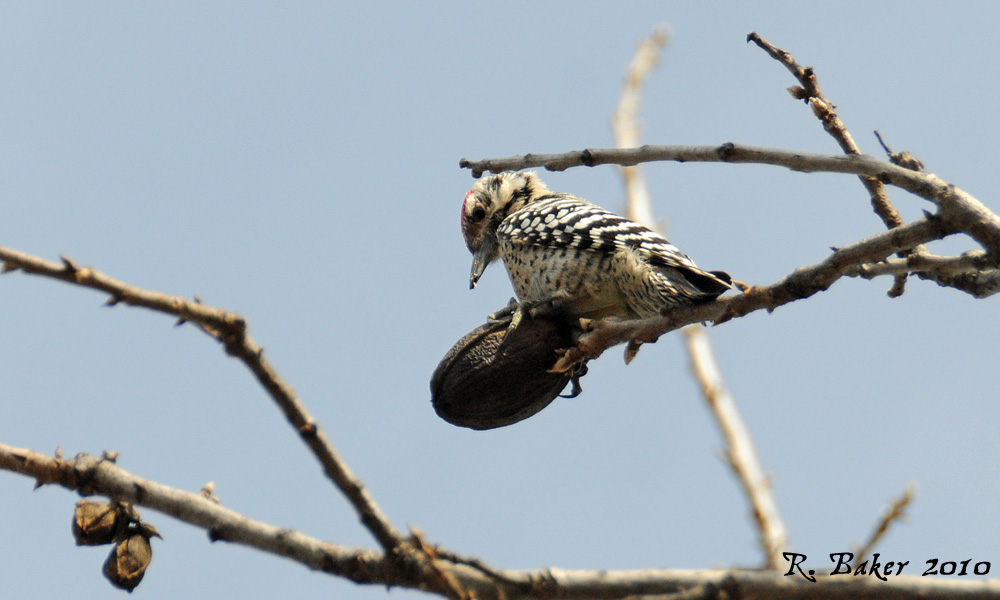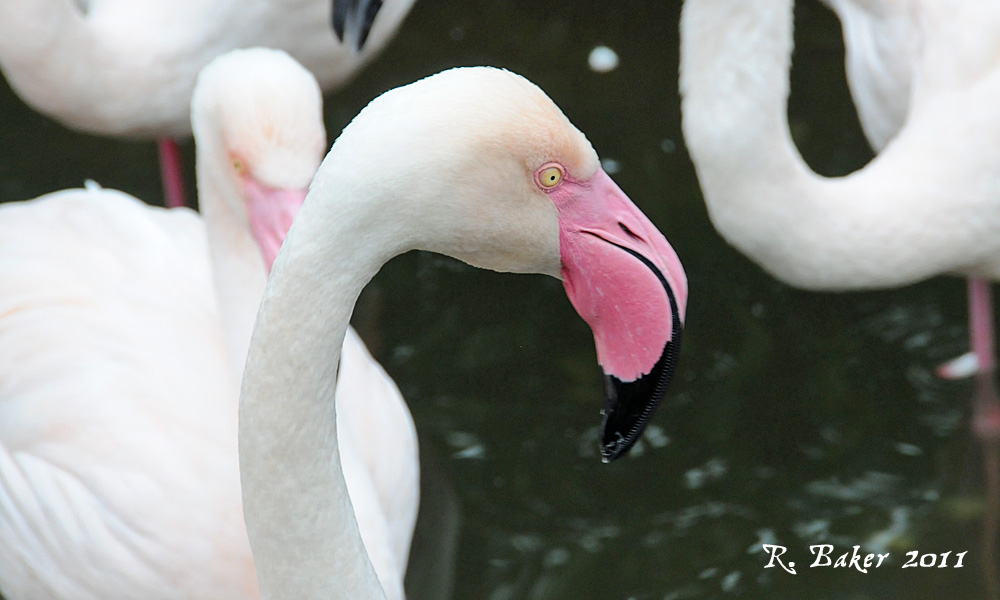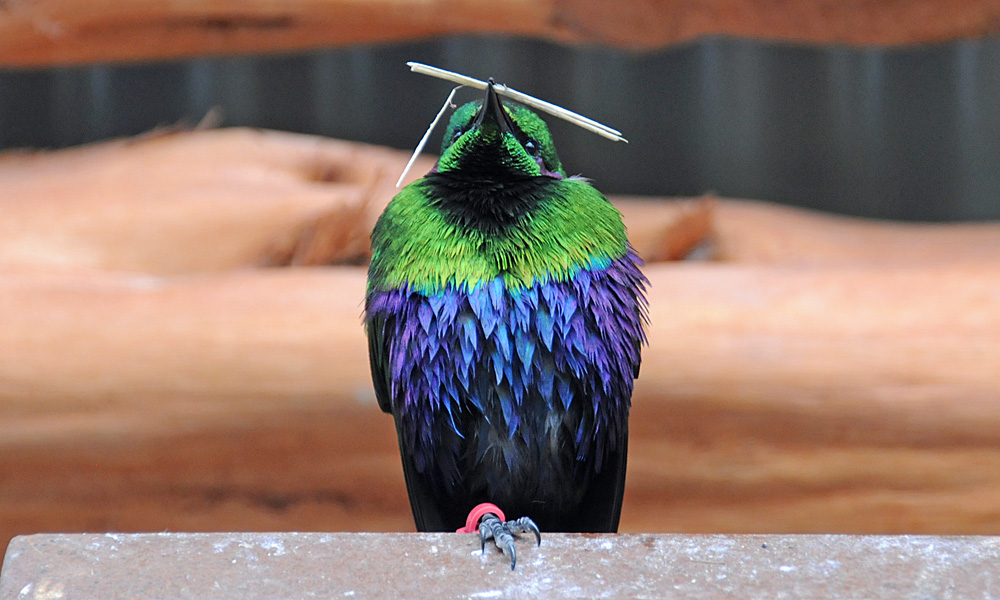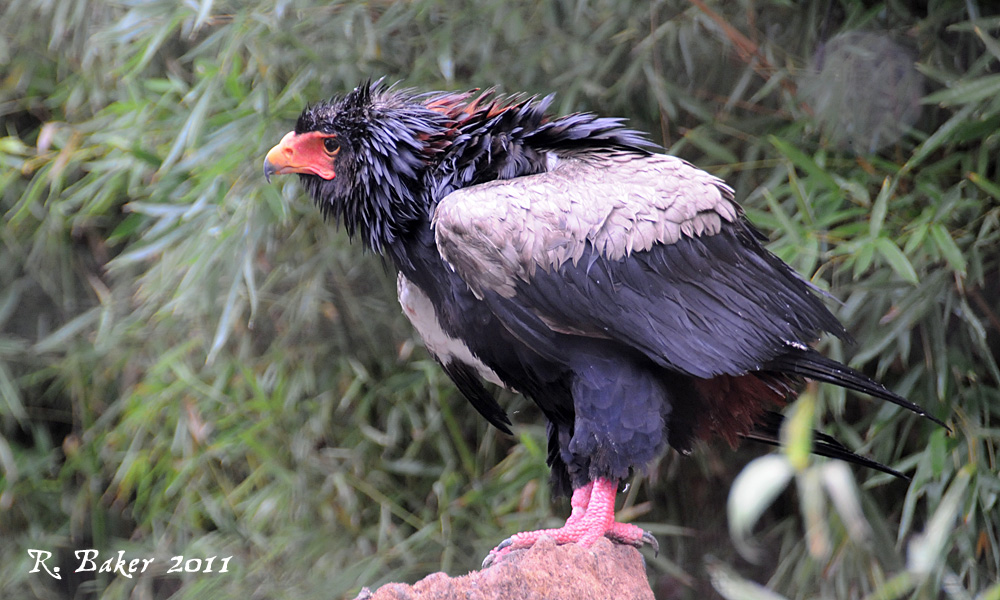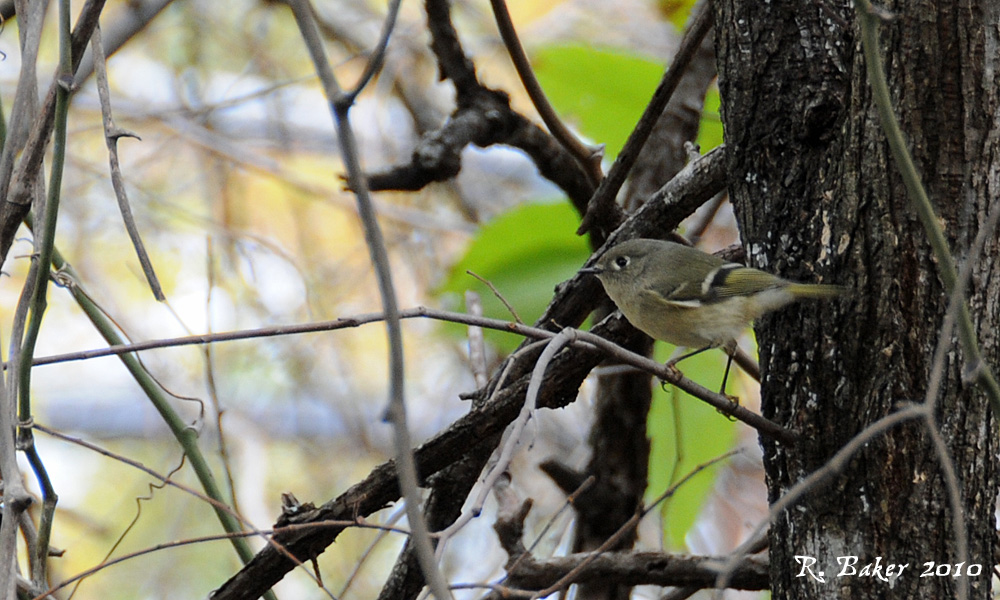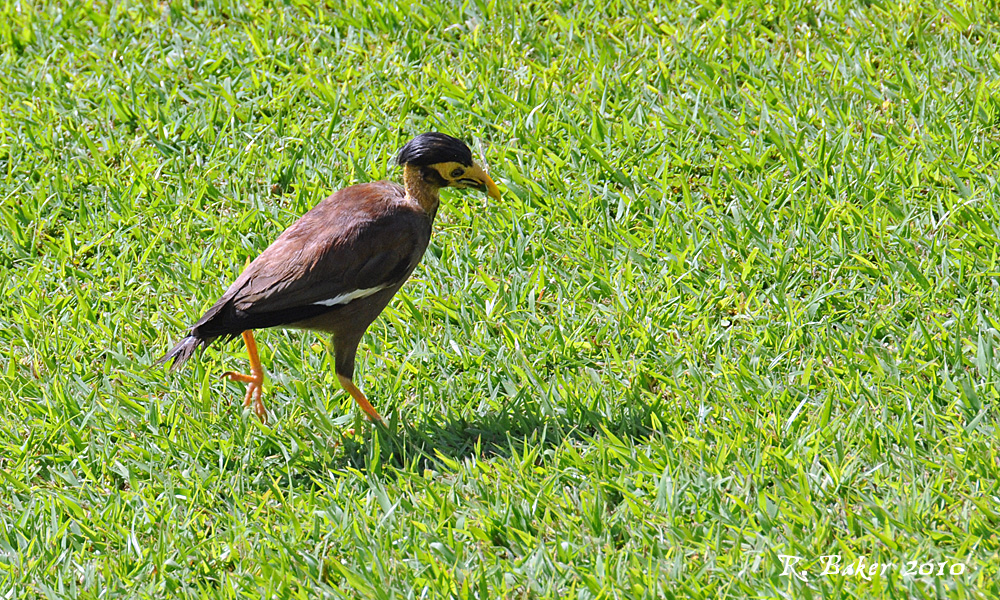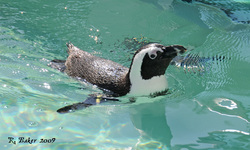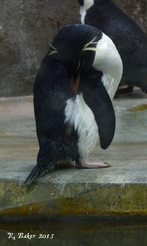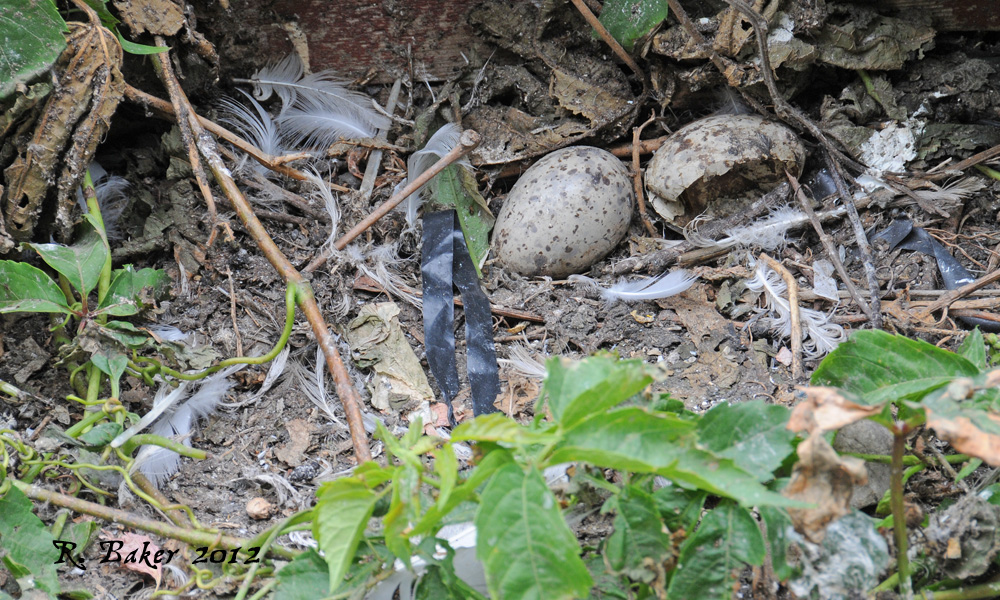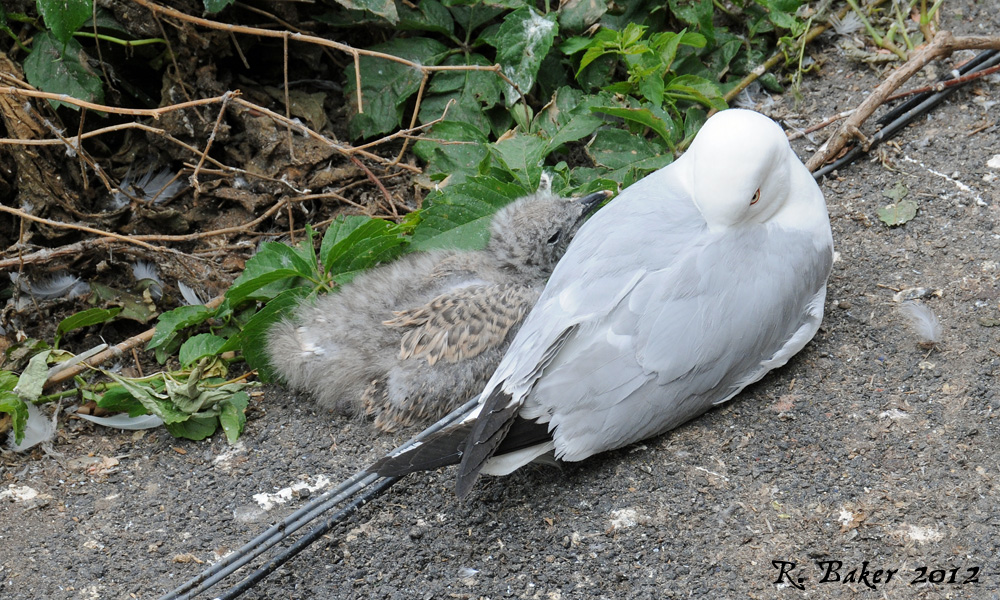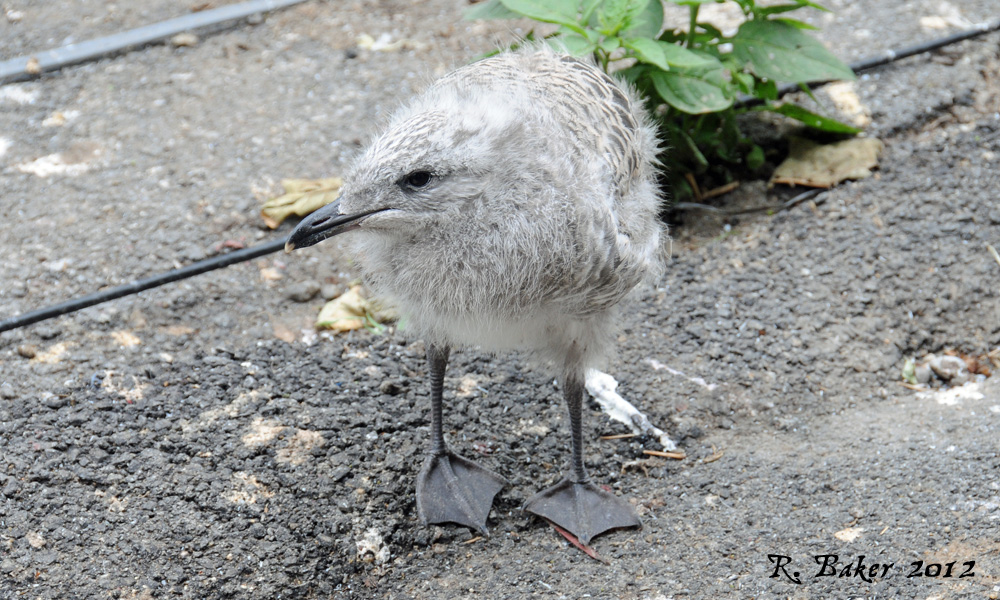Birds
|
1. Give two characteristics which set birds apart from all other creatures.
2. Name three flightless birds, tell what their diet consists of, and name the country or continent in which each one lives. 3. Give the day of the week when birds were created. Find in the Bible the names of five birds and be able to name them from memory. 4. Write or give orally three ways in which God’s love and purpose is shown in the creation of birds. 5. Make a list of thirty species of wild birds, including birds from at least five different orders, that you personally have observed and positively identified by sight out of doors. 6. Make a list of five species of wild birds that you personally have positively identified by sound out of doors. 7. Do one of the following: a. Set up a feeding station and report on the bird visitors observed for a period of seven days. b. Find a bird’s nest, identify the species of the bird that built it, describe the nest in detail, observe the nest for five days, and report what happened at the nest on each of the days. c. In the Western Hemisphere: Maintain a hummingbird feeder for 2 months. (1) What does man-made nectar consist of? (2) Why shouldn’t you use food coloring or honey? (3) When should the feeder fluid be changed? (4) How should the feeder be cared for? d. In other areas of the world: Select at least three different habitats in your area and make comparative bird lists of them indicating the differences in birds expected and found. |
Characteristics
Some common characteristics of Class Aves (Birds):
Vertebrate Have a Furcula (Wishbone), made from fused clavicles (collar bones) Have a keeled sternum (less pronounced in flightless birds) Pneumatic (hollow) bones to reduce weight Forelimbs modified into wings Bipedal (two-legged) Feathers covering body Oviparous - the lay eggs that develop outside the body Edentate (toothless), but they do possess a horny beak Warm blooded Birds share several individual characteristics with other animals, though no other animal includes all of the characteristics mentioned above. Feathers and hollow bones are the most unique characteristics of the class. Useful Sites
Cornell Lab of Ornithology’s All About Birds website is a valuable resource for identification by sight and sound.
Local birding help can be found at: Travis Audubon Central Texas Audubon Society And the TPWD Guide to Austin-Area Birding Sites |
Bible Birds
Genesis 1:20-23 (NKJV): Then God said, “Let the waters abound with an abundance of living creatures, and let birds fly above the earth across the face of the firmament of the heavens.” So God created great sea creatures and every living thing that moves, with which the waters abounded, according to their kind, and every winged bird according to its kind. And God saw that it was good. And God blessed them, saying, “Be fruitful and multiply, and fill the waters in the seas, and let birds multiply on the earth.” So the evening and the morning were the fifth day.
Many different species of birds are mentioned in the Bible, though different translations may use different modern names. Leviticus 11, which discusses clean and unclean animals, provides a large list of different bird species, including (in the NKJV translation) the eagle, vulture, buzzard, kite, falcon, raven, ostrich, short-eared owl, sea gull, hawk, little owl, fisher owl, screech owl, white owl, jackdaw, carrion vulture, stork, heron and hoopoe. Deuteronomy 14 also lists clean and unclean animals, mentioning among the birds the eagle, vulture, buzzard, red kite, falcon, kite, raven, ostrich, short-eared owl, sea gull, hawk, little owl, screech owl, white owl, jackdaw, carrion vulture, fisher owl, stork, heron, and hoopoe. Some useful NKJV verses about birds to remember include Isaiah 40:31 (eagle), Luke 3:22 (dove), Luke 12:6-7 (sparrow), Luke 12:24 (raven), Psalm 84:1-4 (swallow), Mark 14:27-31; 66-72 (rooster). David and Christ also use the imagery of a mother bird protecting her young under her wing (Psalm 91:4, Luke 13:34) |
Flightless Birds
Penguins
Penguins live around the Antarctic, including the southern coasts of South America and Africa. They eat krill, fish, squid and other marine creatures. (For more information, visit Penguin World)
Emu
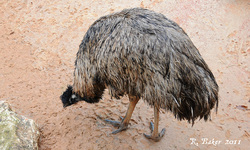
(Dromaius novaehollandiae): A large flightless bird from Australia, Emus are mostly vegetarian, eating grass, seeds and fruits, along with the occasional insect. The Emu is the unofficial national bird of Australia. (More information from the Australia Zoo)
Cassowary
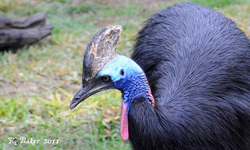
(Casuarius casuarius): A heavy flightless bird that lives in New Guinea and northern Australia. Cassowaries are primarily fruit eaters. (More information from the Australia Zoo)
Rhea
(Rhea americana): A large flightless South American bird, that eats pretty much whatever it can find and catch, from fruit and plants to lizards, insects and even other birds. (More information from National Geographic)
Ostrich
(Struthio camelus): The largest of all extant birds, Ostriches live in Africa and eat roots, seeds, plants and the occasional lizard or insect. More information from National Geographic)
Kiwi
(Apteryx sp.): There are five species of Kiwi, all found in New Zealand. These small flightless birds eat invertebrates and fruit. They are the national symbol of New Zealand. (More information from the New Zealand government)
Some Texas Bird Life-Cycles
Red-shouldered Hawk
This series shows the cycle of a pair of Red-shouldered hawks that bred at Bull Creek in north Austin in 2011. There were two chicks, which survived through the season to fly away. The pair did not nest at the same spot the next year.
|
Northern Cardinal
Although this series shows the various stages of Cardinal development, it is not from following a single nest. Cardinals do not seem to do a very good job of hiding their nests, and the parents get noisier the closer you get, so they are relatively easy to find and watch.
|
Ring-billed Gull
Although the Ring-bill Gull is found in Texas, these pictures are from breeding birds in Niagara Falls.
